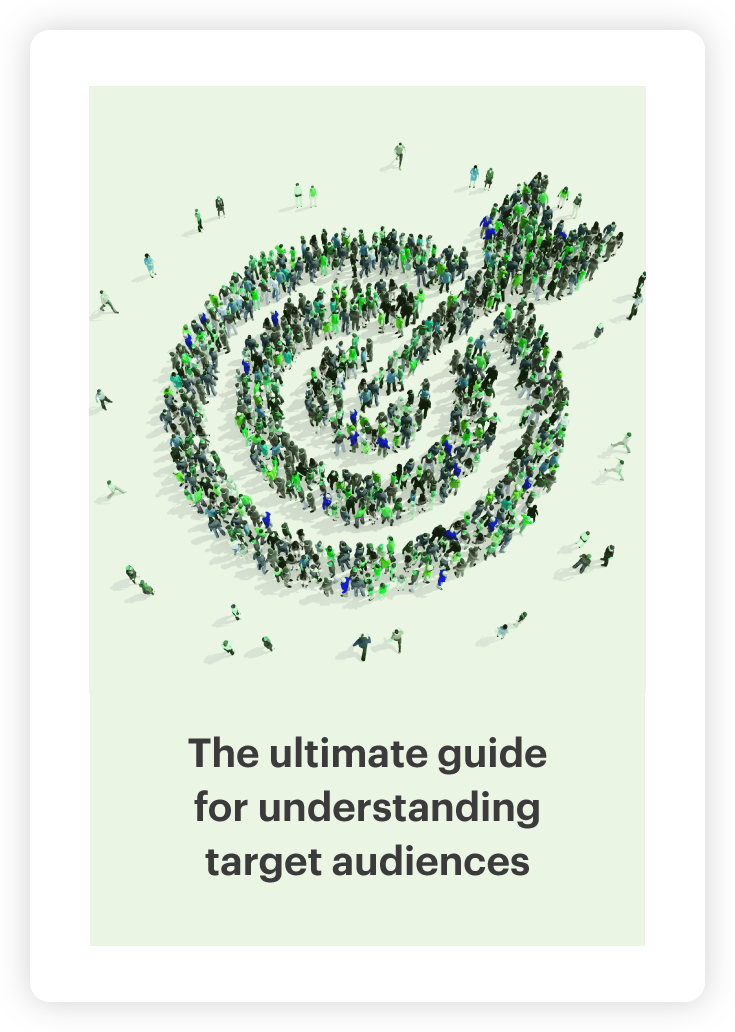Understanding how gen Z use YouTube

Gen Z is the first digitally-native generation, and is more reliant on social media than any generation before it. These guys, unlike all other people who started their digital lives on Facebook, spend most of their time on YouTube.
It’s staggering to think that 81% of all 15-25 year-olds in the US use the channel. Given this, the fact that it commands two billion logged-in monthly users shouldn’t come as much of a surprise. YouTube claims that they reach more people in the US – on mobile alone – than any TV network.
But how, how, how do we talk to these people? The so-called snowflakes, the cynics, the next generation of content creators?
One definitive trait of gen Z is the fact that there’s no clear line that divides its members’ online and offline worlds. Digital and social media easily integrates with their in-person world, but what does this really mean for brands hoping to cut-through?
In order to help a US-based sports league rethink its Gen Z YouTube strategy, we did some language comparison – because that’s what we love.
To start, we took loads of data made up from a combination of YouTube discussions and teen-based forums, including reddit r/teenagers, The Student Room and College Confidential. To get an overall picture of the discussion, we compared this to our model of general language use, and then to explore further, we split and compared all this data over time.
Gen Z and YouTube:
- These lot talk a lot about accessing the platform at school, and they’re always trying to find workarounds when WiFi blocks it, this is a recent phenomenon, rising from 2019.
- Gaming videos (Let’s Play, Fortnite and Minecraft) comprise a huge part of gen Z’s general viewing.
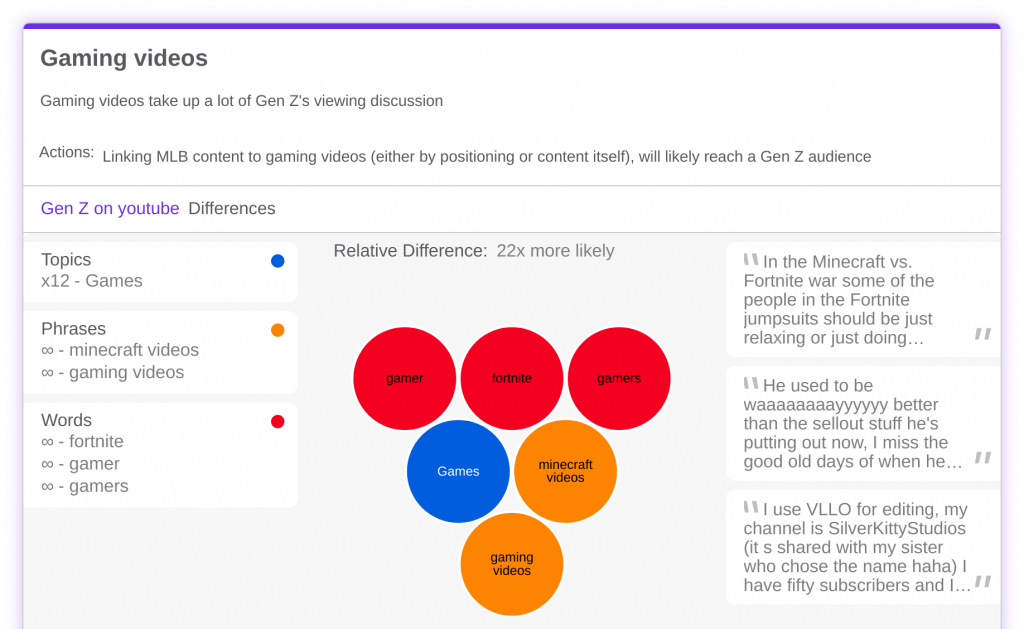

- A YouTuber’s personality is a huge influencer on gen Z video choice. They’re 4x more likely to choose to watch content where they have an emotional connection with the host or creator.
- The word ’guy’ is used to describe male YouTubers, while ’guys’ is typically used by the content creator to address their mix-gender subscriber base.
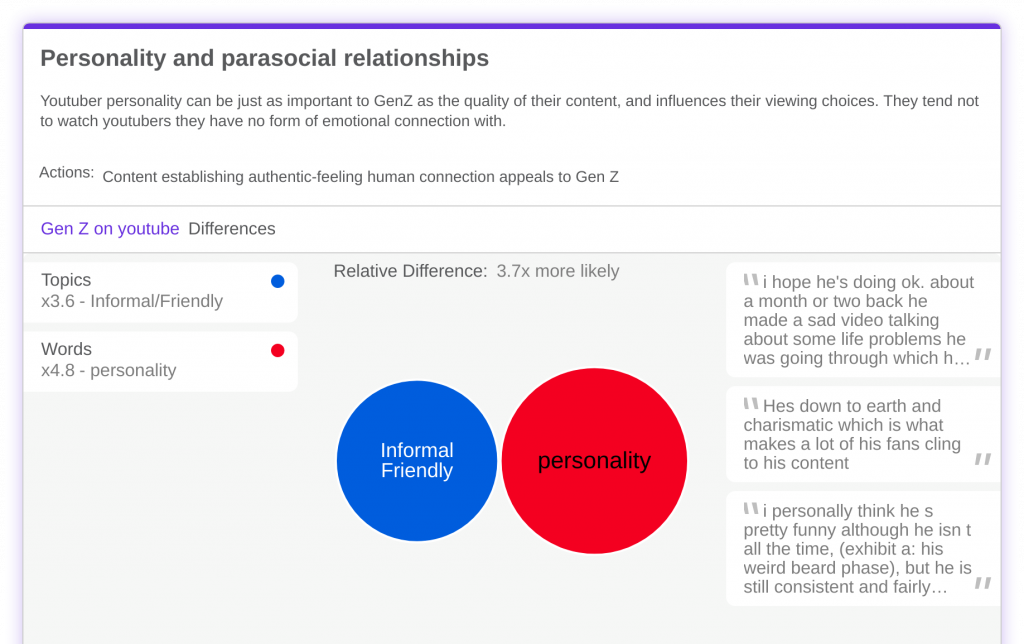

What do they hate:
Gen Z hate ‘cringy’, clichéd thumbnails, titles, intros, outros and calls to action. They don’t like being told to “smash that like button”. They also express frustration with the platform itself. Specifically, they are annoyed by its policy of demonetising videos with ’adult’ orientated content – so much so that they’re often tempted to leave the platform when their favourite YouTubers do.
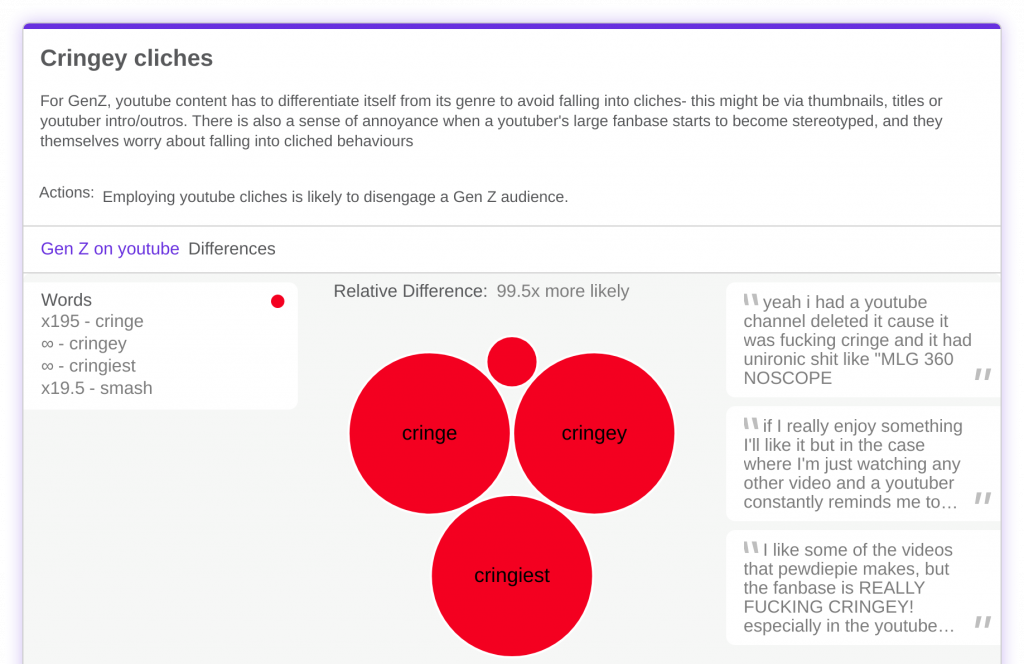

Since 2019, surprisingly, gen Z appears to associate YouTube with poor parenting. They link mature content being demonetised with the platform being used to babysit children. They seem to believe that YouTube and parents share responsibility for unsuitable content being viewed by kids.
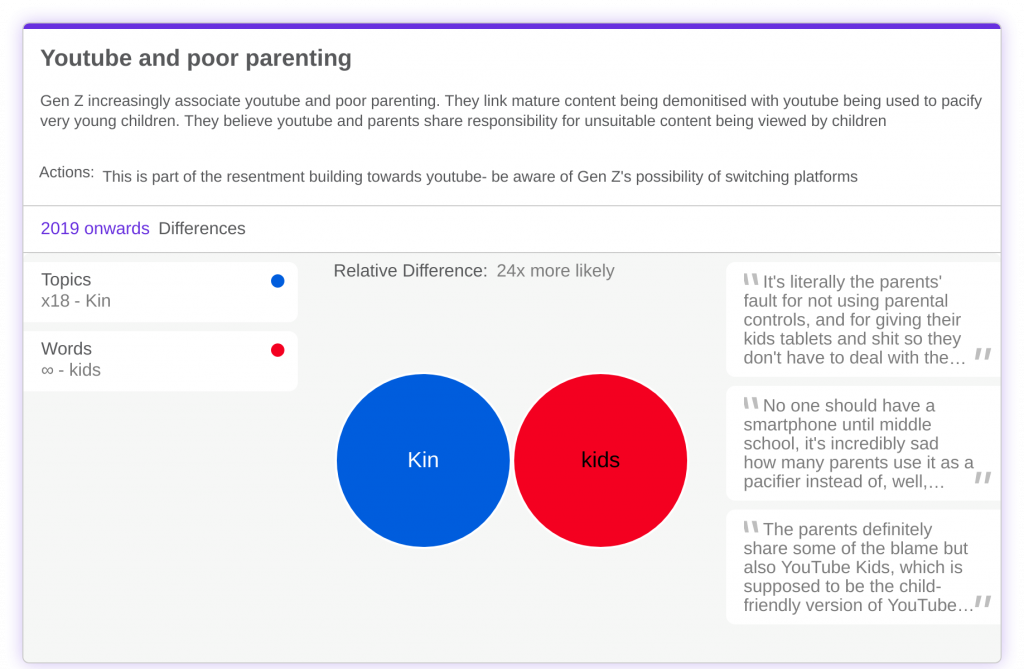

Highlights:
- For this demographic, the parasocial relationship with the content creator or host is just as important as the content they produce, but cliches tend to disengage gen Z viewers.
- YouTube’s heavy-handed demonetisation policies annoy gen Z, who hate to see their favourite creators losing out.
- Gaming videos are a unifying genre for this demographic.
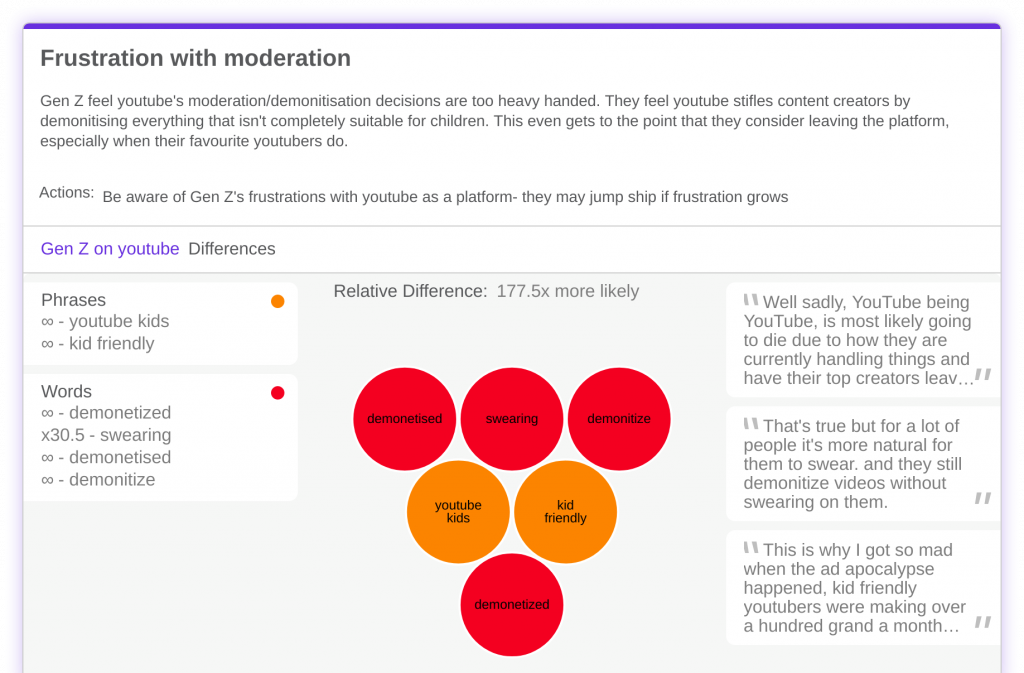

Recommendations:
- Sports content could follow the cult YouTuber format by placing a passionate, creative personality as the face of its video content.
- However, and crucially, brands need to be careful about being perceived as following a specific marketing formula by using click-bait titles and thumbnails, as well as classic YouTuber lines.
- Be aware that gen Z might jump ship – they’re loyal, but not that loyal and their frustration with YouTube continues to rise, so make sure to diversify across platforms like TikTok and Twitch.
- Think how to leverage the overlap between sports and gaming content to capture the sweet spot that best appeals to gen Z.
